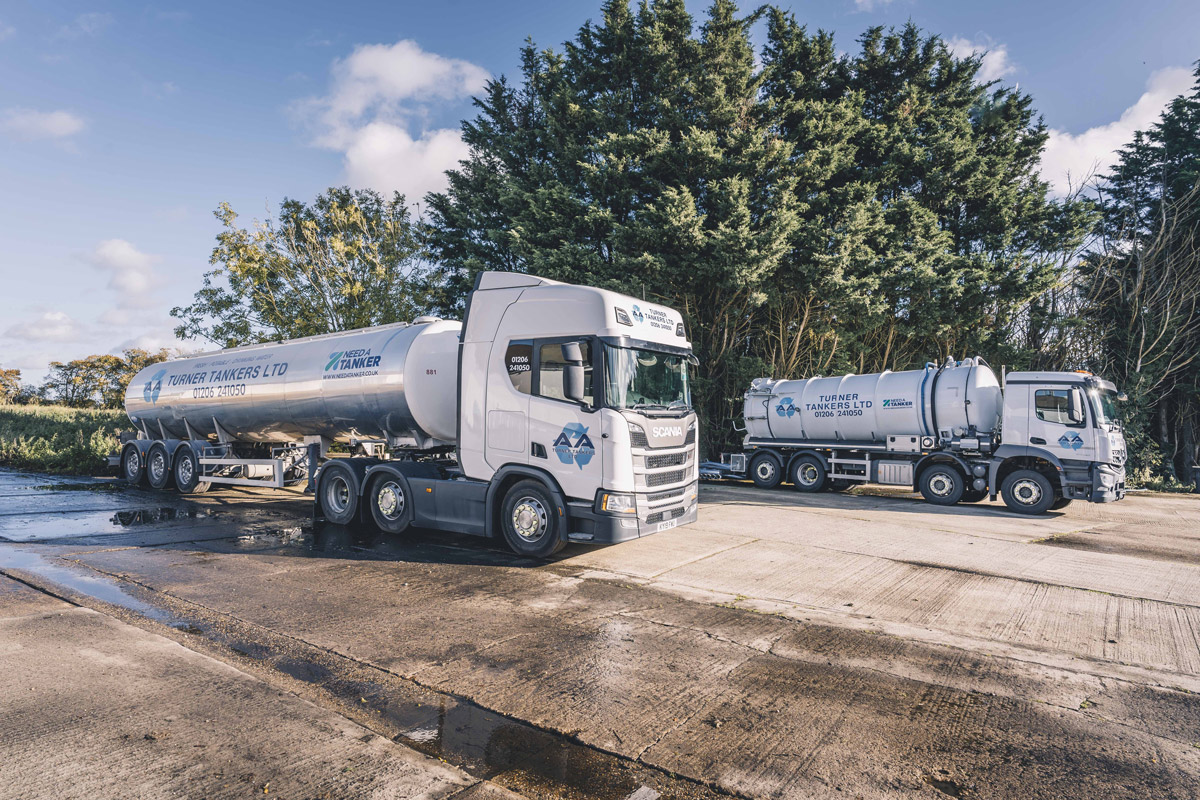Excitement About Reclaim Waste
Excitement About Reclaim Waste
Blog Article
Reclaim Waste Can Be Fun For Anyone
Table of ContentsNot known Details About Reclaim Waste How Reclaim Waste can Save You Time, Stress, and Money.All About Reclaim WasteThe Greatest Guide To Reclaim Waste5 Simple Techniques For Reclaim Waste
Residential sewage waste refers to the waste and products from a residential septic storage tank. The proper monitoring and disposal of residential sewage waste call for fluid waste to be moved to a sewage therapy plant where the appropriate approaches and tools are applied to purify and dispose of waste.
Industrial waste frequently includes possible threats, such as flammable products or a mix of liquid and solid waste products, and calls for a more sophisticated and thorough disposal process. The disposal of industrial waste typically involves the filtering of waste before transportation to make sure secure and appropriate disposal. Hazardous waste is created from byproducts and runoff of commercial processes and manufacturing.
This sort of waste can not make use of the same sewer management transport or procedures as septic or commercial liquids. The commercial waste monitoring process needs the inspection and screening of fluid waste before it undertakes the disposal process (liquid waste disposal melbourne). Drainage waste is the liquid waste that comes from drainage and excess stormwater in highly populated areas or cities
Drainage waste can create contamination and flooding otherwise taken care of correctly. Find out more concerning drain cleansing and waste monitoring. Guaranteeing proper waste monitoring can stop catastrophes and lower environmental damage. Both people in domestic settings and experts in business or manufacturing industries can profit from recognizing the processes and laws of liquid waste administration.
See This Report on Reclaim Waste
Contact PROS Solutions today to discover our waste administration and disposal solutions and the appropriate methods to care for the fluid waste you produce.
(https://www.storeboard.com/reclaimwaste2)Do you understand what takes place to your water when you disengage, purge the toilet or drain the washing device? No? Well, it's worth understanding. This so-called 'wastewater' is not just a crucial resource but, after therapy, will be launched to our land, rivers or the sea. Made use of water from bathrooms, showers, bathrooms, kitchen area sinks, washings and commercial processes is understood as wastewater.

water made use of to cool down machinery or tidy plant and devices). Stormwater, a kind of wastewater, is drainage that moves from agricultural and urban locations such as roofs, parks, gardens, roadways, paths and seamless gutters into stormwater drains pipes, after rain. Stormwater streams neglected straight to regional creeks or rivers, ultimately reaching the ocean.
See This Report on Reclaim Waste
In Queensland, a lot of wastewater is treated at sewer therapy plants. Wastewater is transported from domestic or commercial sites through a system of sewers and pump terminals, known as sewage reticulation, to a sewer treatment plant.
The Division of Natural Resources recommends city governments about managing, operating and preserving sewerage systems and therapy plants. In unsewered locations, regional governments may call for homeowners to install specific or household sewage treatment systems to deal with residential wastewater from bathrooms, kitchens, shower rooms and washings. The Division of Natural Resources authorizes making use of household systems when they are shown to be effective.
In some brand-new class, treatment of some stormwater to eliminate litter, sand and gravel has actually begun using gross contaminant traps. Wastewater therapy takes place in four stages: Gets rid of solid matter.
Wastewater then moves into huge tanks where solids resolve and are gotten rid of as sludge. Grease and residue are skimmed from the surface. Utilizes small living microorganisms referred to as micro-organisms to break down and eliminate staying liquified wastes and great particles. Micro-organisms and wastes are integrated in the sludge. Gets rid of nitrogen and phosphorus nutrients that can trigger algal blossoms in our rivers and endanger aquatic life.
8 Simple Techniques For Reclaim Waste
Nutrient removal is not readily available at all sewage therapy plants due to the fact that it needs pricey specialized equipment. Clear fluid effluent generated after therapy might still include disease-causing micro-organisms - liquid waste disposal melbourne.

Many wastewater moves right into the sewerage system. Under the Act, regional federal governments provide approvals and permits this post for environmentally appropriate tasks (Ages) involving wastewater launches that could have a local effect.
A Biased View of Reclaim Waste
Otherwise, examples are considered laboratory evaluation. Often numerous tests are required to develop the degrees of each of the various toxins such as oils, heavy steels and pesticides in water. Monitoring offers factual details regarding water high quality and can confirm that permit conditions are being met. The details obtained through surveillance gives the basis for making water high quality decisions.
Report this page